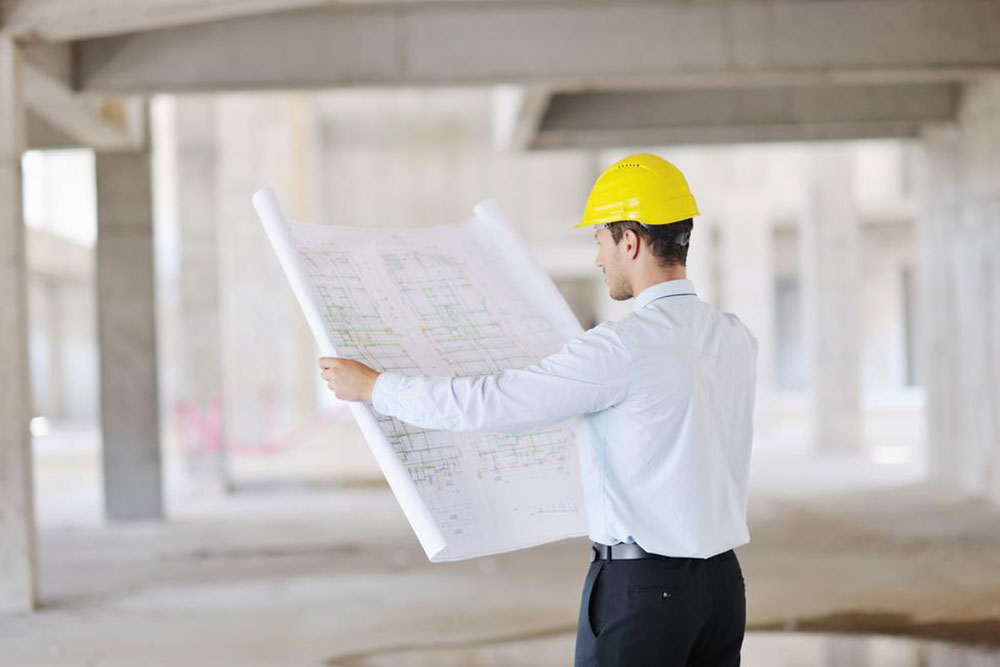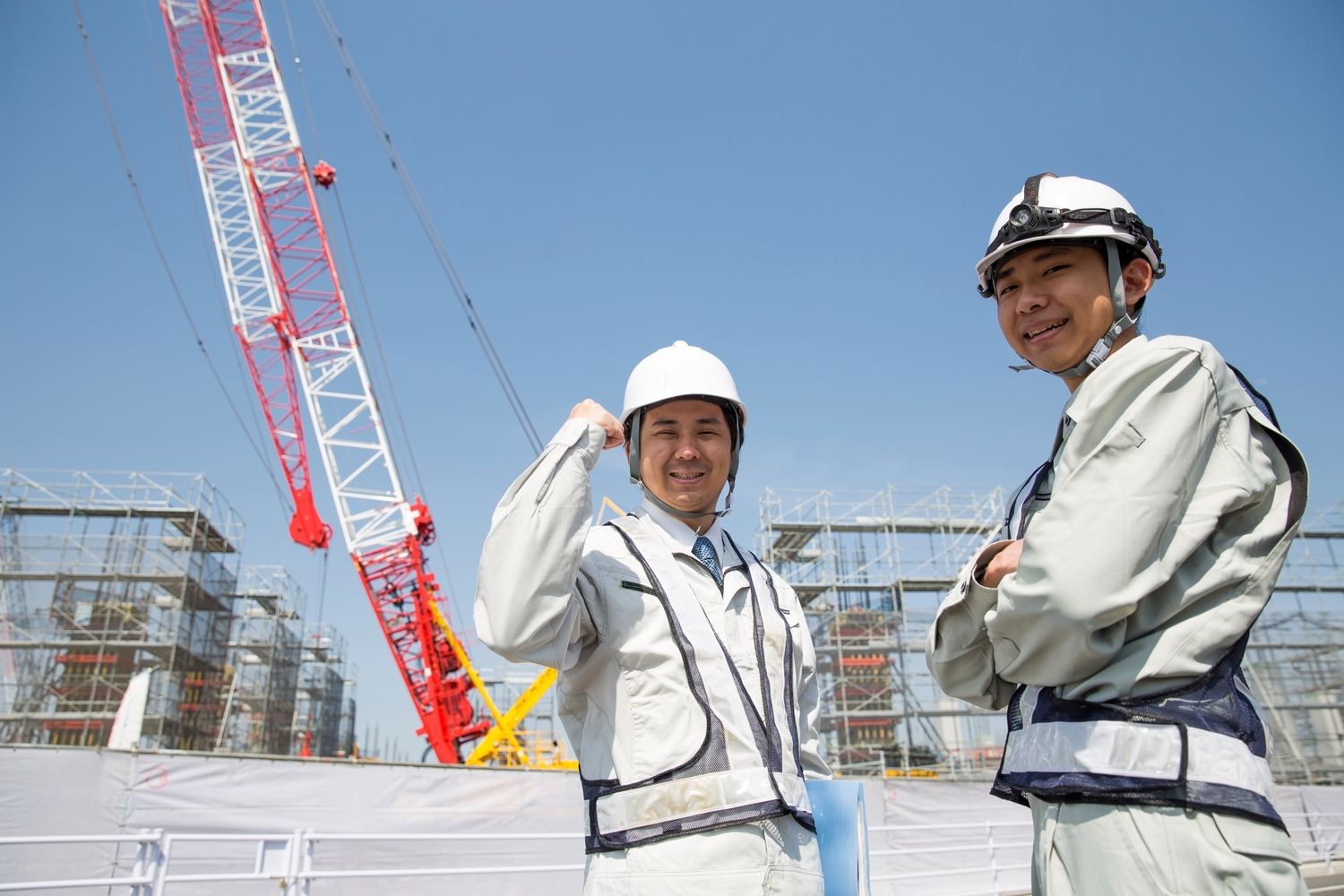Comprehensive Guide to Construction and Maintenance: Key Terminology and Industry Insights
This comprehensive article explores key concepts in construction and maintenance, detailing their roles, activities, and industry significance. It highlights different types of maintenance, emphasizes the importance of ongoing infrastructure development, and discusses career opportunities within the thriving construction sector, offering valuable insights for industry professionals and newcomers alike.

Comprehensive Guide to Construction and Maintenance: Key Terminology and Industry Insights
Construction activities form the backbone of modern infrastructure development, encompassing the processes involved in erecting buildings, bridges, roads, and various types of facilities essential for societal progress. This industry is indispensable in both developed and developing nations, contributing significantly to national economies—constituting roughly 9% of global GDP. The construction sector's importance lies in creating spaces that support living, working, transportation, and innovative economic activities. The process is generally segmented into three primary phases: meticulous Planning, detailed Design, and securing Funding to ensure project feasibility and successful execution.
Maintenance, on the other hand, plays a crucial role in extending the lifespan and ensuring the safety, functionality, and aesthetic quality of existing structures and infrastructure. Regular maintenance activities help prevent unexpected failures, reduce long-term costs, and uphold safety standards necessary for the well-being of users and the environment. Proper maintenance encompasses routine inspections, timely repairs, and periodic servicing, all aimed at safeguarding the durability and operational efficiency of assets over decades.
Range of Maintenance Services
Maintenance services can be broadly classified into two categories:
Preventive Maintenance: Often referred to as scheduled maintenance, this approach involves regular inspections, testing, cleaning, and servicing of equipment and structures to prevent future issues before they develop. It is a proactive strategy aimed at reducing downtime and avoiding costly repairs.
Corrective Maintenance: This type involves repairing or replacing parts or systems after a failure or degradation has occurred. It focuses on restoring full functionality swiftly and effectively to minimize operational disruptions and safety hazards. Both types are essential for ensuring optimal performance and safety across various industries, including engineering fields, real estate, telecommunications, manufacturing, and utilities.
Maintenance activities are diverse and tailored to specific needs, encompassing inspections for early fault detection, adjustments to optimize performance, repairs on damaged components, and replacements of outdated or worn-out parts. These actions collectively serve to extend the useful life of assets, enhance safety, and maintain regulatory compliance.
Restoration efforts focus on keeping infrastructure materials and equipment in excellent condition through testing, servicing, and refurbishing techniques. Meanwhile, maintaining systems’ efficiency involves adopting best practices to ensure continuous, smooth operation without unnecessary energy consumption or wear and tear, ultimately contributing to cost savings and environmental sustainability.
The Rapidly Growing Construction Industry
The construction sector remains one of the most dynamic industries worldwide, driven by urbanization, population growth, and technological advances. It significantly influences the economic output of emerging markets and developed regions alike. The industry can be categorized into three core branches:
Building Construction: Focuses on residential buildings, apartments, commercial complexes, office towers, retail spaces, and hospitality facilities.
Infrastructure Construction: Encompasses large-scale projects such as roads, highways, bridges, tunnels, dams, ports, and railways vital for transportation and utilities.
Industrial Construction: Includes manufacturing plants, refineries, power plants, warehouses, and specialized production facilities needed for industrialization and economic growth.
The continuous expansion in construction activities offers numerous career opportunities for a diverse workforce. Entry-level roles such as unskilled or semi-skilled labor tasks are available, suitable for individuals seeking opportunities without extensive qualifications. Skilled tradespeople, including carpenters, electricians, plumbers, and masons, play a critical role in executing specific tasks requiring technical expertise. Additionally, project managers, engineers, and architects contribute significantly to planning, design, and overseeing construction processes, ensuring projects meet standards for safety, sustainability, and efficiency.Embarking on a career in construction provides stability and growth prospects in a high-demand industry. With the right skills and experience, professionals can advance into supervisory, managerial, or specialized technical roles, contributing to shaping modern infrastructure that supports community development and economic resilience.




